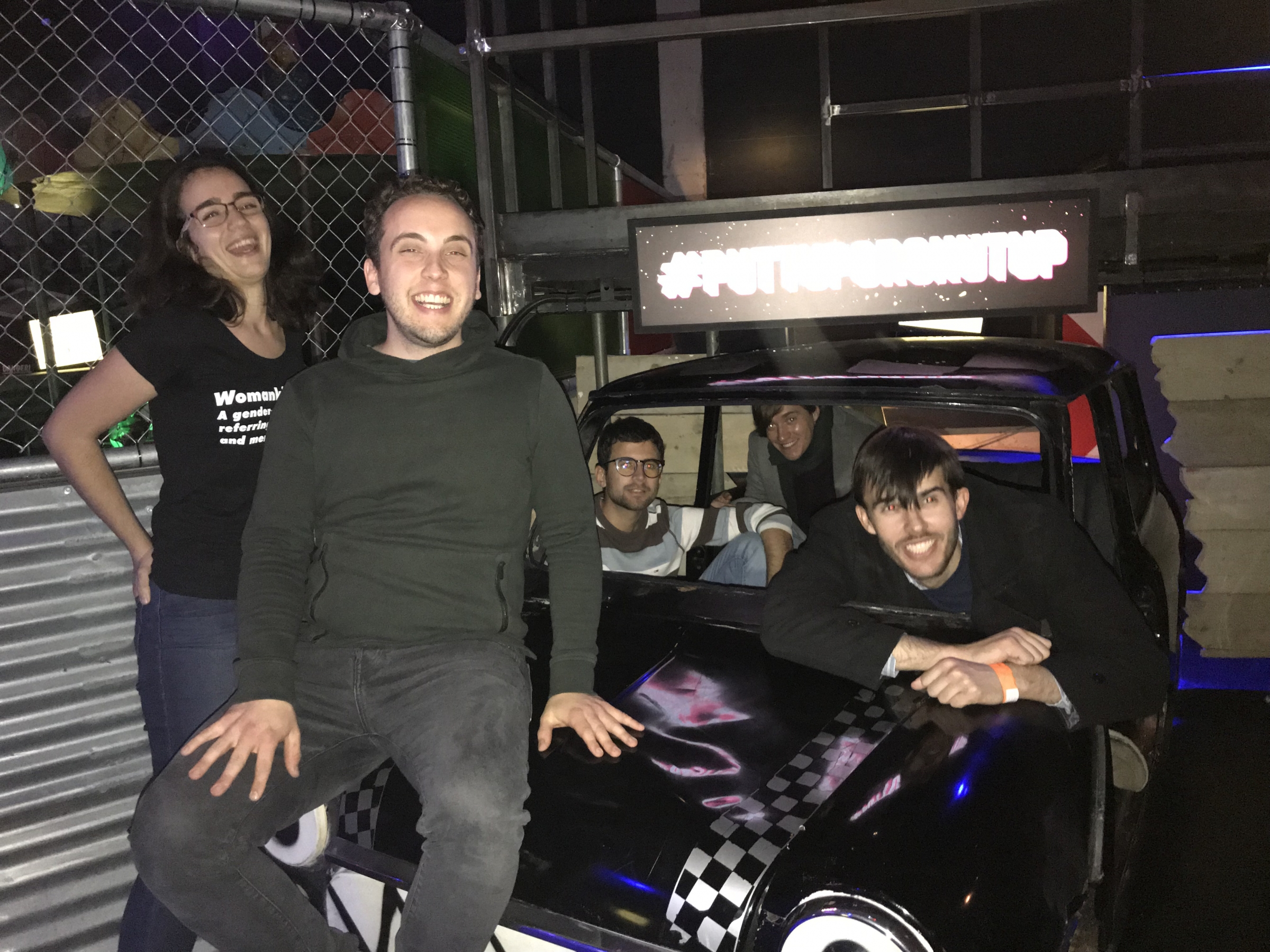
2D projections (t-SNE) of Mol2vec vectors of amino acids (bold arrows). These vectors were obtained by summing the vectors of the Morgan substructures (small arrows) present in the respective molecules (amino acids in the present example). The directions of the vectors provide a visual representation of similarities. Magnitudes reflect importance, i.e. more meaningful words. [Figure from Ref. 1]
algorithms are usually used for analyzing human communication, often in the form of textual information such as scientific papers and Tweets. One aspect, coming up with a representation that clusters words with similar meanings, has been achieved very successfully with the
word2vec approach. This involves training a shallow, two-layer artificial neural network on a very large body of words and sentences — the so-called
corpus — to generate “embeddings” of the constituent words into a high-dimensional space. By computing the vector from “woman” to “queen”, and adding it to the position of “man” in this high-dimensional space, the answer, “king”, can be found.
A recent publication of one of my former InhibOx-colleagues, Simone Fulle, and her co-workers, Sabrina Jaeger and Samo Turk, shows how we can embed molecular substructures and chemical compounds into a similarly high-dimensional, continuous vectorial representation, which they dubbed “mol2vec“.1 They also released a Python implementation, available on Samo Turk’s GitHub repository.
Continue reading →




